Results 10,901 to 10,910 of 12096
Thread: Anandtech News
-
12-08-20, 08:51 AM #10901
Anandtech: Launching Today: AMD's Radeon RX 6900 XT - A Whole Lot of Radeon for $1000
This morning AMD is releasing the final and most elusive member of their initial wave of Radeon RX 6000 series cards: the Radeon RX 6900 XT. The flagship part for AMD’s new RDNA 2 GPU architecture, the 6900 XT is all the Radeon AMD could muster for this generation, and perhaps a bit more. Marking how far AMD has come in a single generation, the RX 6900 XT is their first real shot at the very top of the market in years; and while AMD doesn’t quite reach that goal, they have still succeeded at putting together an interesting and powerful video card for the $1000 market.
More...
-
12-09-20, 07:24 AM #10902
Anandtech: SambaNova Breaks Cover: $450M AI Startup with 8-Socket AI Training Solutio
Users that follow the AI silicon space will have heard of SambaNova – a quiet company that has made very little noise but has racked up some serious backing. After three funding rounds, led by Google Ventures, Intel Capital, and Blackrock, and semi-hushhush deployments at the US Department of Energy at Laurence Livermore and Los Alamos, there is now a new product offering for limited customers. SambaNova is already making money, and the company is finally ready to break the crust on its very delicate crème brûlée and start talking about its new DataScale SN10-8R (catchy name) systems, built with its new Cardinal AI Processor.
More...
-
12-11-20, 09:37 AM #10903
Anandtech: Supermicro X12SAE W480 Motherboard Review: For Xeon W-1200 Workstations
We have seen numerous Intel Z490 motherboards over the months since Intel's platform for Comet Lake was announced back in April. While the Z490 is designed for regular consumers and gamers who intend to use the desktop Intel Core i5/i7/i9 processors, Intel also launched its W480 chipset slightly later which is designed for its workstation orientated Xeon W-1200 series. One such board designed specifically for the Xeon W-1200 processors is the Supermicro X12SAE with support for up to 128 GB of DDR4-2933 of ECC and non-ECC UDIMMs. Also included in the feature set are two PCIe 3.0 x4 M.2 slots, dual Ethernet including a 2.5 Gigabit controller, as well as a dedicated Intel PHY with Intel AMT and vPro support.
More...
-
12-11-20, 03:03 PM #10904
Anandtech: The Corsair MP400 1TB QLC NVMe SSD: A Quick Review
Following up from our recent look at 8TB QLC SSDs, today we're taking a look at the 1TB Corsair MP400. This is a QLC NVMe SSD using the Phison E12 controller, which puts it a step up from earlier QLC SSDs that used four-channel Silicon Motion controllers. However, at the more affordable 1TB capacity point, the downsides of QLC NAND are more pronounced, and there is much more competition from budget TLC drives that make very different tradeoffs.
More...
-
12-14-20, 10:04 AM #10905
Anandtech: Sabrent Rocket XTRM-Q USB / Thunderbolt 3 Dual Mode External SSD Review: Y
The external storage market has shown renewed vigor in recent years, thanks in part to growth fueled by bus-powered flash-based storage solutions. The introduction of 3D NAND, coupled with the increasing confidence of manufacturers in QLC (4-bits per cell) has brought down the cost of these drives to the point where even a reasonably spacious external SSD can be had for an equally reasonable price. And though this means that NAND manufacturers like Western Digital, Samsung, and Crucial/Micron have an inherent advantage in terms of vertical integration, the availability of cheap flash in the open market has also enabled other vendors to come up with innovative solutions.
Today, we're looking at a unique product in the external SSD market – the Sabrent Rocket XTRM-Q. A true dual-mode Thunderbolt 3/USB drive, the Rocket XTRM-Q can be natively used with both Thunderbolt 3 and USB hosts. This means that it can deliver speeds over 2GBps on a Thunderbolt 3 connection, or fall back to USB mode and still deliver 1GBps or more with a USB 3.2 Gen 2 connection. Compared to most external SSDs on the market, which are virtually always USB-only or Thunderbolt-only, this allows Sabrent's drive to offer USB-style universal compatibility while still making the most of the host it's connected to, using USB when it's available, or upgrading to Thunderbolt as appropriate to let the drive run as fast as it can.
Meanwhile, not unlike their efforts with internal (M.2) products, Sabrent is also at the leading-edge of storage capacity with the Rocket XTRM-Q, offering versions of the drive with up to 8TB of storage. Overall, the Rocket XTRM-Q is available in capacities ranging from 500GB up to 8TB, with Sabrent using QLC NAND across the family to hit their price and capacity goals.
For this review we're looking at two of the mid-tier Rocket XTRM-Q models – the 2TB and 4TB models – in order to size up the performance of the drives and see how they stack up against the other products in the market.
More...
-
12-14-20, 10:06 PM #10906
Anandtech: Biostar Launches B550M-Silver: Micro-ATX with 2.5 GbE and Wi-Fi 6
Biostar has launched its latest AMD B550-based board, the B550M-Silver. Aimed at gamers looking to use AMD's latest Ryzen 5000 processors, it brings a host of premium features to the micro-ATX form factor with USB 3.2 G2 connectivity, a Realtek 2.5 Gb Ethernet controller, Wi-Fi 6, and PCIe 4.0 support.
Over the last couple of years, premium AMD micro-ATX boards have been few and far between, with the majority of vendors opting to release their micro-ATX models on the more budget-friendly chipsets such as AMD's A520. The micro-ATX form factor typically offers a convenient compromise, with more expansion slot support than the smaller mini-ITX form factor, but without the overall footprint of ATX. Based on the AMD B550 chipset, the Biostar B550M-Silver offers out of the box support for Ryzen 5000 processors, with support for Ryzen 3000 chips too.
Focusing on the design, the Biostar B550M-Silver uses a wave of silver heatsinks, including a large rear panel cover, which doubles up as one section of the power delivery heatsink. It includes no integrated RGB LED lighting nor any RGB headers, which is either quite strange or a welcome relief given how common RGB is these days in boards aimed at gamers.
The Biostar B550M-Silver includes dual PCIe M.2 slots, with the top slot capable of supporting up to PCIe 4.0 x4 2280 M.2 drives, while the second slot includes support for PCIe 3.0 x4; both of these slots can accommodate SATA based SSDs. For SATA, Biostar includes six SATA ports, with two straight-angled and four right-angled ports, with support for RAID 0, 1, 10 arrays. There are four memory slots with support for DDR4-4933, with a maximum capacity of up to 128 GB.
There are two full-length slots at PCIe support, including a PCIe 4.0 x16 and a PCIe 3.0 x4 slot, with a PCIe 3.0 x1 slot sandwiched in between. Located under the full-length PCIe 4.0 x16 slot is a Key-E 2230 slot, although the board already includes an integrated wireless module.
On the rear panel is a variety of connections, including a single USB 3.2 G2 Type-A, one USB 3.2 G2 Type-C, four USB 3.2 G1 Type-A, and two USB 2.0 ports. There is a trio of video outputs including an HDMI, DisplayPort, and DVI-D for use with AMD's 3rd gen APUs, while the board's three 3.5 mm audio jacks are powered by an older Realtek ALC1150 HD audio codec. A PS/2 keyboard and mouse combo port sits above the USB 2.0 ports, while a single RJ45 port is powered by a Realtek RTL8125B 2.5 GbE controller, while Biostar is using an unspecified wireless interface with support for Wi-Fi 6.
At present, we don't know when the Biostar B550M-Silver will hit retail shelves, nor do we have information in regards to the pricing.
Gallery: Biostar Launches B550M-Silver, Micro-ATX with 2.5 GbE and Wi-Fi 6





Related Reading- The GIGABYTE B550I Aorus Pro AX Motherboard Review: All The Small Things
- Best AMD Motherboards: December 2020
- ASRock x Razer: New Razer Taichi Edition X570 and B550 AMD Motherboards
- ASRock First For B450 Ryzen 5000 Support: Beta BIOSes Now Available
More...
-
12-16-20, 10:49 AM #10907
Anandtech: Testing The World’s Best APUs: Desktop AMD Ryzen 4750G, 4650G and 4350G
There are two very important levels of graphics performance in modern systems to consider – one is if the graphics system is sufficient for seamless use, and the second is such that it meets a substantial standard for gaming. On one side we use integrated graphics, which take advantage of a unified processor to simplify the system, and on the other we look to a range of options, such as smartphones, consoles, and discrete graphics options. Somewhere in there we have a middle ground – can an integrated option have enough thermal headroom and graphics power to worthwhile for gaming? This is the pitch of AMD’s Ryzen 4000 based APUs, which combine Zen 2 CPU cores with fast Vega 8 graphics. With a 65W headroom, it should surpass anything that mobile processors have to offer, but is it enough to replace the low-end discrete graphics market?
More...
-
12-16-20, 10:49 AM #10908
Anandtech: Intel Announces New Wave of Optane and 3D NAND SSDs
Today Intel is announcing updates to most of their SSD product lines. Their products based on 3D NAND are being updated to use Intel's 144-layer QLC and TLC NAND. On the Optane side of the business, we have detailed specifications for the first product to use second-generation 3D XPoint memory, and an updated Optane Memory caching solution for client PCs. Intel has also revealed the code name for their third-generation Optane persistent memory modules, which will be launching along Sapphire Rapids Xeon processors.
- SSD D7-P5510 - Datacenter NVMe, 144L TLC
- SSD D5-P5316 - Datacenter NVMe, 144L QLC
- SSD 670p - Client/Consumer NVMe, 144L QLC
- Optane SSD P5800X - Datacenter NVMe, Second-gen 3D XPoint
- Optane Memory H20 - Client NVMe, 144L QLC + 3D XPoint
- Optane Persistent Memory 300 Series: Crow Pass - 3D XPoint DIMMs
Some of these products have already started shipping and are officially launching this month, while others are merely being announced today and will be launching in 2021, with full specifications and pricing disclosed closer to launch.
144L 3D NAND For Datacenter SSDs
The first two SSD announcements are updates to Intel's datacenter SSDs using 3D NAND. The new D7-P5510 uses 144L 3D TLC NAND and is the successor to the D7-P5500 which uses 96L TLC. Since the P5500 was an OEM-only product rather than widely distributed through the channel, the P5510 will also serve as the successor to the P4510 for the portion of the customer base. Intel has not announced a 144L replacement for the D7-P5600, the higher-overprovisioning counterpart to the P5500.
Using Intel's 144L QLC NAND is the new D5-P5316 SSDs in 15.36 TB and 30.72 TB capacities in either U.2 or E1.L form factors. The E1.L version allows Intel to achieve the original goal of the "Ruler" form factor by enabling 1PB of storage in a 1U server. Since the P5316 is replacing the older P4326 (64L QLC and PCIe gen3), it's a much more substantial upgrade over its predecessor than the TLC-based P5510 is. Aside from the introduction of Intel's third-generation enterprise NVMe SSD controller to their QLC product line, the most important change the P5316 brings is a major shift in how the Flash Translation Layer works. The P5316 enables a 16x reduction in DRAM by changing the SSD's Flash Translation Layer to work with a granularity of 64kB rather than 4kB. We've seen a few other enterprise SSDs make this kind of change, such as Western Digital's Ultrastar DC SN340, which uses a 32kB FTL granularity. The DRAM savings of a more coarse-grained FTL help make high-capacity SSDs more affordable, but at the expense of severely harming performance and increasing write amplification for small block size random writes. The general trend in the industry is to adopt NVMe Zoned Namespaces for such drives, preventing random writes entirely rather than relying on host software to be careful about issuing small-block IOs. However, Intel doesn't seem to be ready to adopt this approach yet.
Both the TLC-based P5510 and QLC-based P5316 use the same controller platform as Intel's other P5000-series SSDs announced earlier this year. Those drives introduced Intel's third-generation enterprise NVMe SSD controller, their first supporting PCIe 4.0. The new 144L drives don't really push performance or feature set any further, but will be more widely available and should be cheaper than the 96L drives. The TLC-based P5510 has already been sampled to customers for qualification and will be shipping for revenue by the end of this year. The QLC-based P5316 is sampling and will be available in the first half of 2021.
SSD 670p: 144L QLC For Consumers
Moving on to the consumer SSD business, Intel will be introducing the 670p QLC NVMe SSD in the first quarter of 2021. This follows in the footsteps of the 660p and 665p with another update to newer 3D QLC NAND, and also brings a SSD controller update to this product line. However, it is still only a PCIe gen3 product. Intel will be reintroducing the 512GB capacity that was missing from the 665p, but they are not yet adding capacities beyond 2TB. Detailed performance specs and pricing will be shared closer to the 670p's launch.
Intel is making an adjustment to the dynamically-sized SLC caching behavior with the new 670p. While the maximum and minimum SLC cache sizes are not changing, Intel has managed to improve the cache size that will be available for a partially-filled drive: A half-full 670p will still have almost the maximum SLC cache size available, and the minimum cache size will not be reached until the drive is over 85% full. This probably won't change anything for simple benchmarks that write continuously until the cache runs out and performance drops, but it will help real-world usage where writes come in bursts.
Optane SSD P5800X: Alder Stream Arrives
Intel's long-awaited second-generation Optane enterprise SSD, codenamed Alder Stream, is finally shipping as the P5800X. This is the first product to use second-generation 3D XPoint memory, and it also features an updated controller to support PCIe 4.0. The P5800X pushes the limits of the performance available from a PCIe 4.0 x4 interface with sequential reads, random reads and random writes all supported at more or less line speed, and sequential writes only a bit slower at 6.2 GB/s. And while 1.5M IOPS for either random reads or random writes is already very impressive, the P5800X can even hit 1.8M IOPS on a 70/30 mix—only possible because PCIe is a full-duplex interface. Intel has also made optimizations for single-sector 512-byte random reads, which can hit 4.6M IOPS. (Flash-based SSDs are usually not able to offer any higher IOPS for 512B reads than 4kB reads, and many actually have substantially lower performance for small block IO.)
The first-generation Optane DC P4800X launched with a 30 DWPD write endurance rating, later increased to 60 DWPD. The new P5800X further increases write endurance to 100 DWPD. Capacities will range from 400GB to 3.2TB.
Optane Memory H20
The client/consumer focused portion of Intel's Optane product family has shrunk considerably. They're no longer doing Optane M.2 SSDs for use as primary storage or cache drives, and there's been no mention yet of an enthusiast-oriented derivative of the P5800X to replace the Optane SSD 900P and 905P (though if Intel plans such a product, they are unlikely to announce it until they have delivered a desktop platform supporting PCIe 4.0). The only client Optane product Intel has been talking about lately is the Optane Memory H10 hybrid drive consisting of a QLC NVMe SSD and an Optane SSD on the same M.2 card. A successor is now on the way: the Optane Memory H20 is planned for Q2 2021, incorporating updates on the QLC side that likely mirror the 670p's updates, and a new controller on the Optane half of the drive. The H20 will still be a PCIe gen3 solution, so we will probably continue to see performance of the NAND side constrained by only having access to two of the four PCIe lanes. Intel is also bumping up the platform requirements: an 11th-generation Core U-series mobile processor and 500-series chipset, and Intel RST driver version 18.1 or later. When the H10 launched, Intel had laid the groundwork for support on their desktop platforms, but this effort was dropped when the H10 became an OEM-only product. The H20 is a mobile-focused OEM-only part from the outset, so the platform compatibility requirements aren't as much of an issue as they would be for a retail SSD.
The Optane Memory H20 will be available with 512GB or 1TB of QLC NAND flash memory, each paired with 32GB of 3D XPoint memory.
Optane Persistent Memory 300 Series: Crow Pass
Intel's Optane Persistent Memory products (3D XPoint in a DIMM form factor) are currently on the second generation 200 series Barlow Pass supported by Cooper Lake and upcoming Ice Lake Xeon platforms. The 200 series Optane Persistent Memory modules still use first-generation 3D XPoint memory. Intel has now disclosed that the next generation on the roadmap is codenamed Crow Pass, which will likely be branded as the 300 series. The Crow Pass modules will be launched for use with Intel's Sapphire Rapids Xeon processors. Those are expected to use DDR5 memory, so Crow Pass will be a major update to the interface for Optane Persistent Memory. Crow Pass should also bring second-generation 3D XPoint memory to the DIMM form factor, so altogether this is likely to be a much more significant update than the relatively minor improvements brought by the 200 series.
Related Reading- Intel Previews 4-Layer 3D XPoint Memory For Second-Generation Optane SSDs
- Intel Launches Cooper Lake: 3rd Generation Xeon Scalable for 4P/8P Servers
- Intel Announces D7-P5500 and D7-P5600 Series PCIe 4.0 Enterprise SSDs
- Kioxia Releases First PCIe 4.0 SSDs: CD6 & CM6
- Intel Shares New Optane And 3D NAND Roadmap - Barlow Pass DIMMs & 144L QLC NAND in 2020
Gallery: Intel Announces New Wave of Optane and 3D NAND SSDs





More...
-
12-16-20, 12:19 PM #10909
Anandtech: Hands On: ASRock 4X4 BOX-4800U Out-of-Band Management using Realtek DASH
Many computing use-cases require out-of-band management. For example, rack-mounted servers have dedicated LAN ports that connect to a baseboard management controller (BMC) chip for this purpose. PCs used in SMBs / SMEs and business applications do not accommodate a dedicated LAN port for this functionality. Instead, one of the in-band NICs (i.e, one used to provide the primary networking functionality of the system) helps in this aspect.
The DMTF (formerly, Distributed Management Task Force) is a standards organization that focuses, among other things, on a standards-based approach to out-of-band management of computing systems. The Intelligent Platform Management Interface (IPMI) is used in servers based on both Intel and AMD processors, though the focus has shifted to DMTF Redfish for this functionality now.
On the PC side, Intel and AMD have different approaches - Intel's vPro has gained widespread recognition as a qualifier for systems supporting out-of-band management and inventory-taking in business environments. AMD, on the other hand, has gone in for a more standards-compliant approach using DMTF's DASH (Desktop and mobile Architecture for System Hardware). The two vendors have been trading the usual marketing blows - AMD's white-paper denounces vPro as proprietary and tending to make users pay more for features they don't need. On the other hand, an Intel-commissioned comparison report goes on the offensive by claiming vPro to just be a set of proprietary extensions over standards-compliant infrastructure, and that the TCO turns out to be better for vPro.
The purpose of this piece is not to compare vPro and DASH - readers would be better off reading the two documents linked above and make a decision on which of the two would fit a given use-case. Instead, we take a look at how users can take advantage of the DASH capabilities in the recently-reviewed ASRock Industrial 4X4 BOX-4800U.
More...
-
12-16-20, 05:45 PM #10910
Anandtech: NVIDIA Schedules GeForce CES Presentation for January 12th
Even though the 2021 edition of CES will be an entirely virtual affair due to the ongoing coronoavirus pandemic, a number of major companies have still been lining up to schedule presentations as part or around the event. This has included Intel, AMD, and now NVIDIA, who today is announcing an event for January 12th.
Dubbed “GeForce RTX: Game On”, the broadcasted event will be presented by Jeff Fisher, NVIDIA’s Senior VP for GeForce. NVIDIA has set aside an hour for their CES-adjacent presentation, which will kick off at 9am Pacific on January 12th, 2021.
Today’s reveal is little more than a hold the date teaser, with NVIDIA promising to “unveil the latest innovations in gaming and graphics.” And while the company isn’t offering any more details than that, observationally we’ve seen that over the last several years NVIDIA has frequently used CES to announce new products and technologies. This goes particularly for laptop products, as CES has increasingly transformed into a laptop showcase for the PC OEMs. Fittingly, as NVIDIA continues its Ampere GPU release cadence with smaller and less power-hungry parts, the next chip expected to be released (GA106?) should be a good candidate for use in laptops.
One way or another, we’ll find out for sure next month with NVIDIA’s presentation. So stay tuned.
More...
Thread Information
Users Browsing this Thread
There are currently 9 users browsing this thread. (0 members and 9 guests)




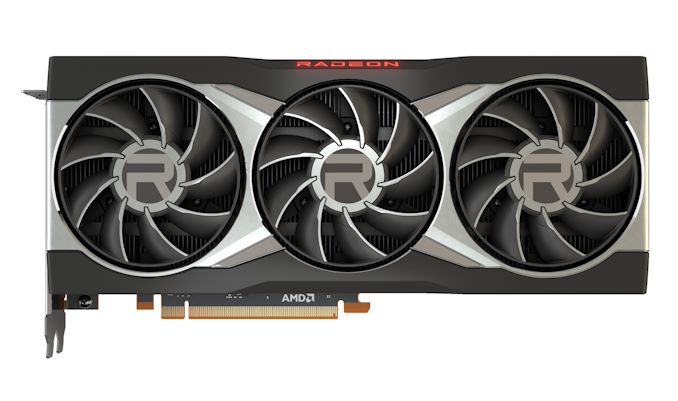

 Quote
Quote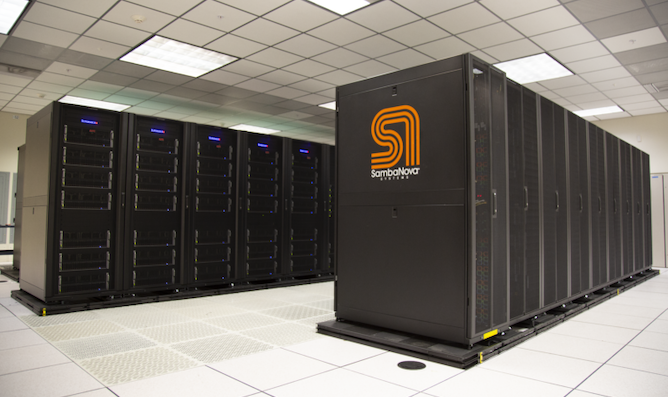
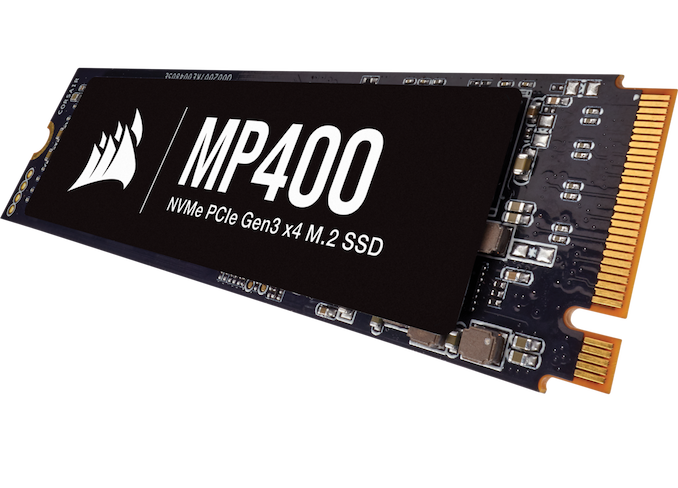
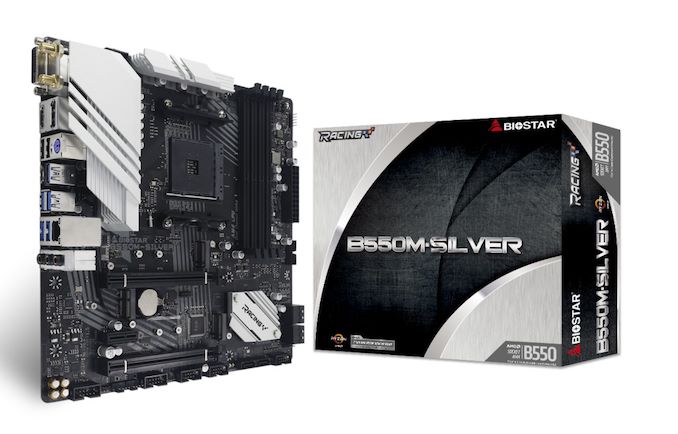


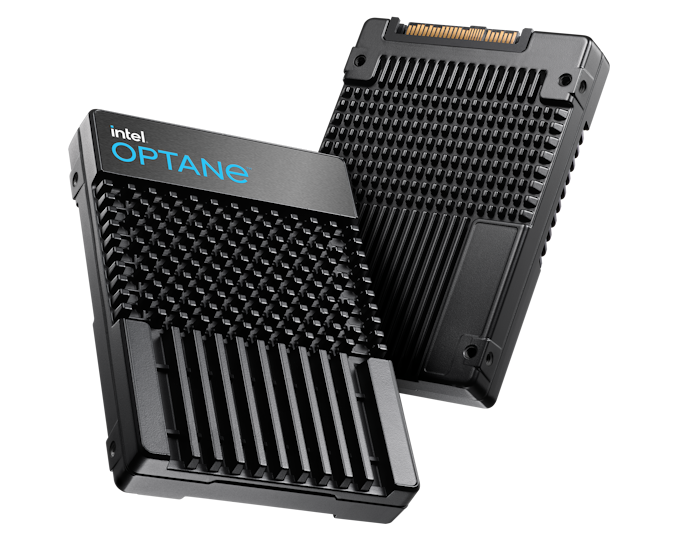

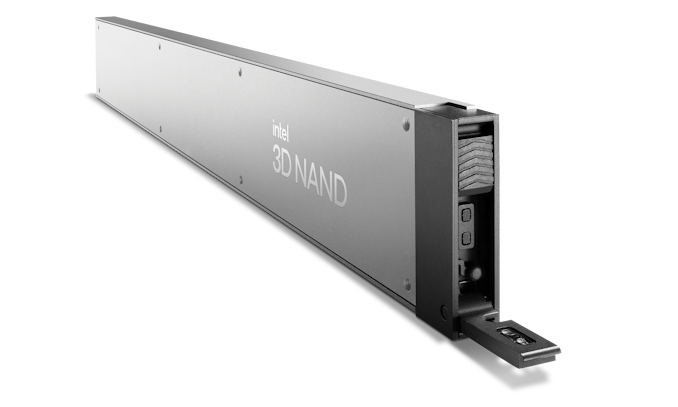

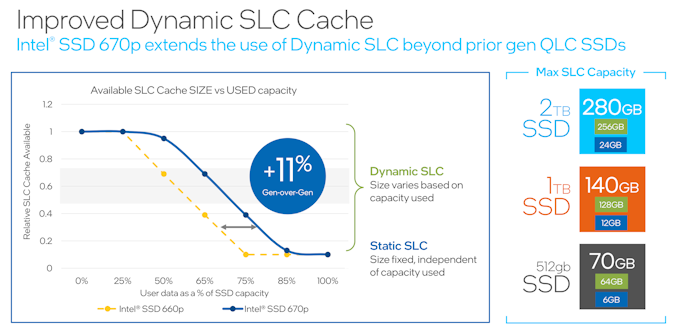
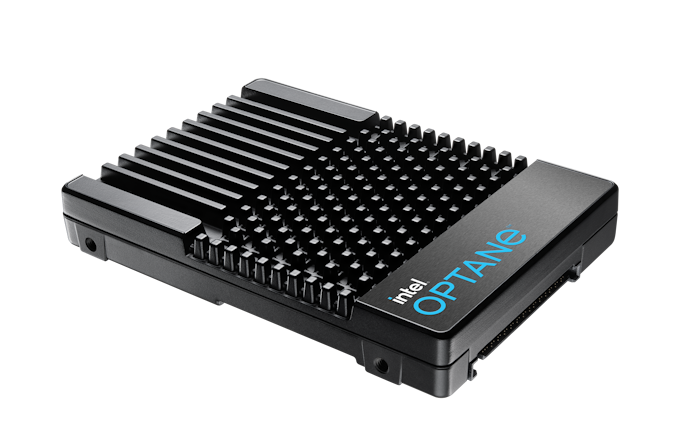
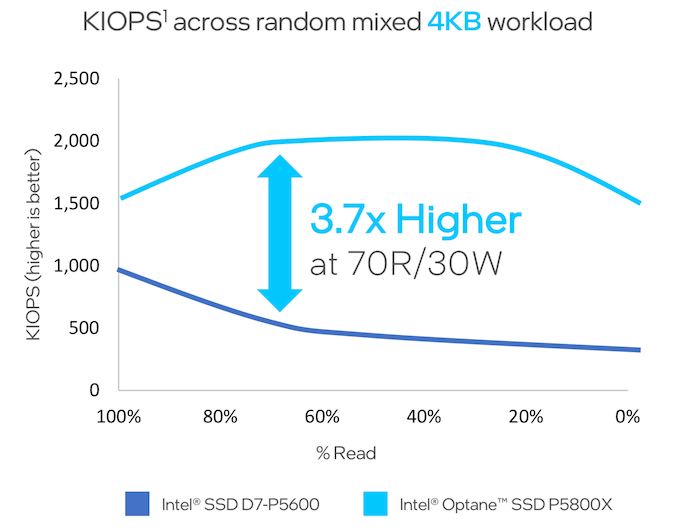

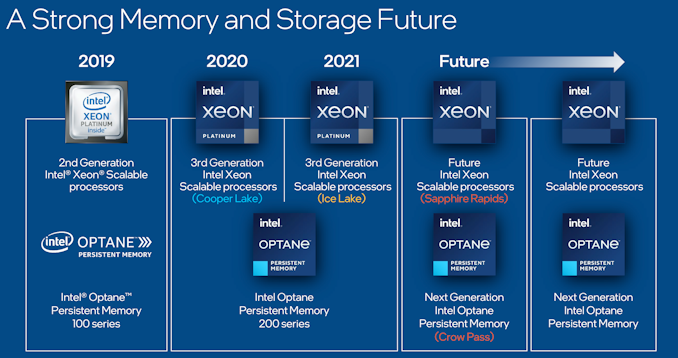


















Bookmarks